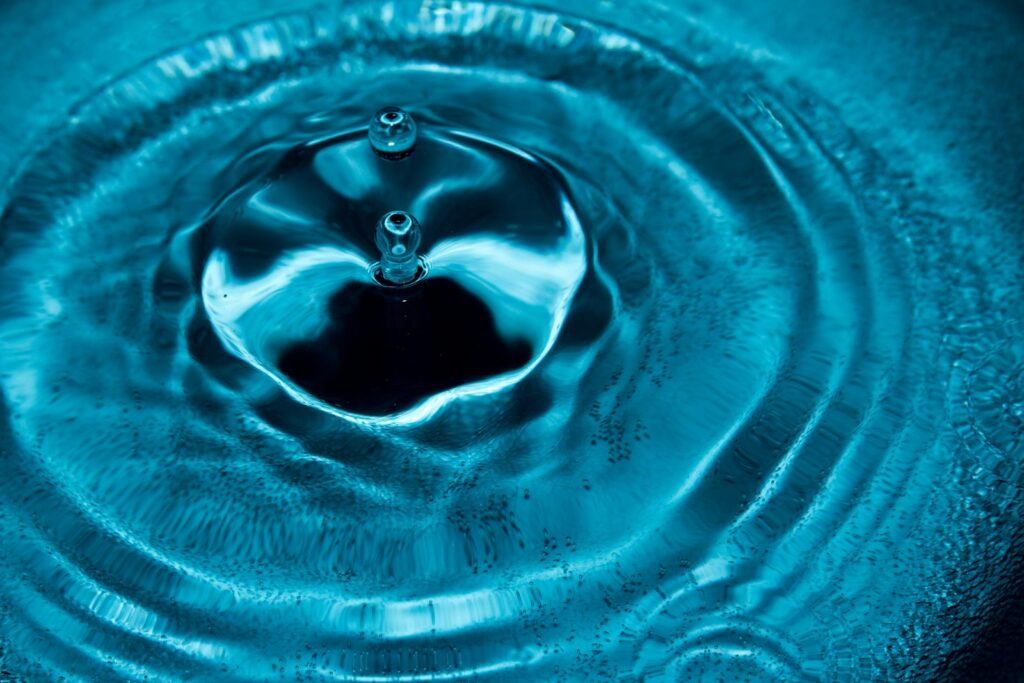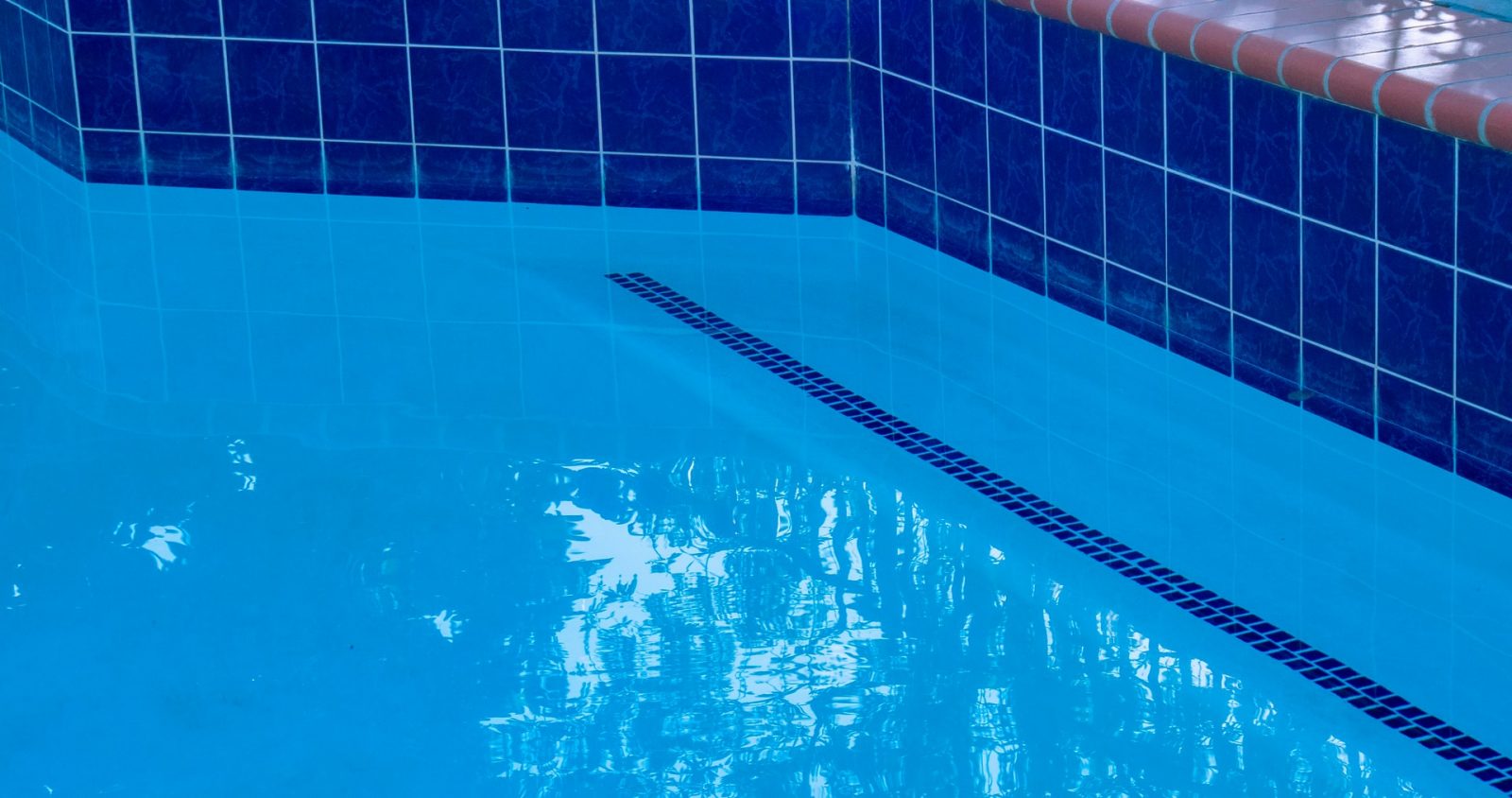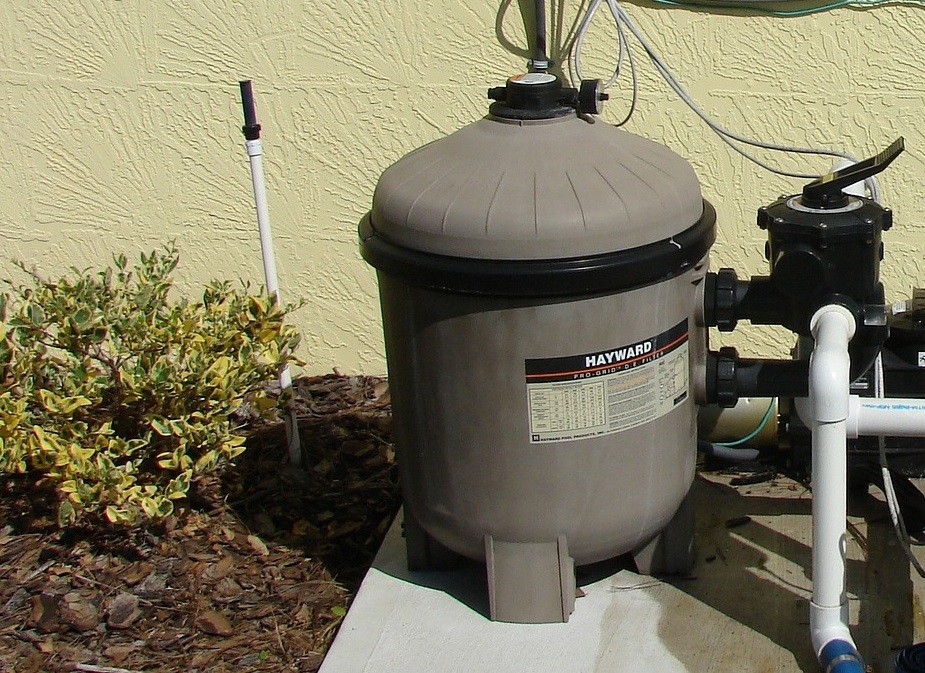Cleaning your pool is an important thing to do. Once you find black algae in your swimming pool, it is better to avoid it as early. It is also best to keep away from swimming in a pool that has black algae visible until you get rid of it.
You can follow some tips on how to clean algae from pool and keep it clean and safe. But, before we go through each step, let us first understand what black algae are.
What is Black Algae?
Black Algae are called single-celled organisms that grow in colonies. It consists of chlorophyll, just like other algae. However, it also has compounds that mask its green color. This type of algae produces black color instead of the typical green one.
Moreover, it is said that black algae are more challenging to treat and are more resistant to normal chlorine levels.
It also explains that black algae are a bacteria called cyanobacteria which refers to blue-green algae, thus the cyan part of its name.
Black algae is an organism found naturally in all types of water. It also contains anthocyanins present in the plant cells. Anthocyanin is a water-soluble pigment that often produces a red, purple, and blue appearance in plants. Like ordinary plants you see, these organisms use sunlight to make their food.
Is Black Algae Harmful?

Before you follow the tips on how to clean algae from pool, you must know first whether black algae are harmful or not. Algae can be harmful, especially if it grows in a swimming pool where many people swim. However, the black algae itself does not pose a risk directly. Yet, it can attract insects and harbor organisms such as the e.coli bacteria that cause illness to swimmers.
Black algae consist of cyanotoxin, a chemical produced by cyanobacteria on the algae. When humans are exposed to a large amount of this toxin, it can cause diarrhea, nausea, vomiting, and irritations to the eyes, skin, or throat.
Once black algae are present in your pool, swimmers, especially kids, can swallow pool water while playing around. They could experience stomach aches, nausea, and liver damage.
You must check your swimming pool from time to time, and as soon as you notice black algae, clean your pool right away.
How to Recognize Black Algae in Your Pool
If you observe something that begins to form on your pool’s surface, looks like tiny black dots or what we call molds, this means that your pool has black algae.
Black algae can grow in pools with fiberglass or vinyl liners. But they are more common on concrete, plaster, or gunite pool liners. The organisms can hook onto the porous surface and even grow roots on the tiny pores.
Furthermore, there are other ways to recognize black algae in your pool. Determining algae means you are knowledgeable enough to follow the steps to get rid of the bacteria called black algae.
If ever you encountered difficulties with algae in your pool, you can refer to these tips below on managing your pool.
How to Kill Algae

The black algae you found in your swimming pool are an organism that is hard to kill.
The good thing is that there are techniques to remove this type of algae in your swimming pool. However, before you take the steps, you should first prepare the materials you need. It would be best to put a little effort and determination into doing this to keep your pool clean and safe.
- Filter cleaner
- A liquid pool test kit or test strips
- Algae brush
- Chlorine
- Safety goggles
- Chemical resistant gloves
- Telescoping pole
- Calcium hypochlorite shock
- And other necessary materials such as filter replacement for sand, DE or cartridge, and a backwash hose.
Step 1: Clean the Filter
If you have black algae in your pool, you surely have black algae in your filter. Backwashing or rinsing your filter can be done if you only have tiny black algae found in your pool.
Otherwise, if you have trouble killing the black algae, you may use a filter cleaner instead of plain water. Replacing the filter medium or cartridge should be considered another effective way to get rid of algae.
Step 2: Test and Balance the Water
Ensure first your pool water levels. It will help determine how much pool shock to use when the situation calls for it. Shocking your pool is another effective way of eliminating and preventing algae regrowth.
After ensuring that your water level is correct, you can now start testing your pool water. You can use either a liquid test kit or test strips. Test the alkalinity, pH level, sanitizer, and aim for optimal levels of these chemicals.
When checking for the pool chemical balance, you can refer to the information below.
- Alkalinity – 100 to 150 ppm (125 ppm as an ideal)
- pH level – 7.4 to 7.6
- Chlorine – 1 to 3 pm
If there are unusual levels changes, adjust the chemicals accordingly before continuing the process.
Step 3: Brush The Pool
Brushing your swimming pool is one of the best and easiest ideas to remove black algae. Brushing your pool surface will prevent the build-up of organisms along the waterline.
The ideal brush you need to use is the stainless-steel bristle to get into the cracks and crevices. It will excavate the black algae of its hiding place. The ordinary brush has no guarantee to remove the algae in the pool waterline.
Step 4: Scrub the Black Algae Spots
Using a putty knife or anything with a flat edge will work to remove the black algae aside from brushing your pool. Be mindful that no matter how well you brush your pool, the algae still won’t loosen up.
In many cases, if you can’t reach the algae hiding spots, you can apply these procedures:
- Place one half (½) of the chlorine tablet holder with the broken portion facing outward.
- Connect the holder to your telescoping pole.
- Then scrub the spots that you cannot reach.
Step 5: Brush the Pool Again
If ever you feel weary while cleaning your pool, you can take a break, eat some foods rich in potassium, and resume work.
Step 6: Quadruple Shock the Pool
Because black algae are stubborn to kill, you might still consider doing more work to ensure that you eradicate them. Now that you have brushed the pool’s surface as much as you can, you are still required to kill the unpleasant stuff floating in the water.
Calcium hypochlorite shock is highly recommended in killing the black algae in your pool water and other organisms living in it.
Additional Reminder
Put into practice to maintain your swimming pool and make it clean and sanitized. Avoid using calcium hypochlorite shock during the day. The sun will eat up most of the chlorine and have a lesser chance of killing the black algae. Start cleaning and follow the tips on how to clean algae from pool.







